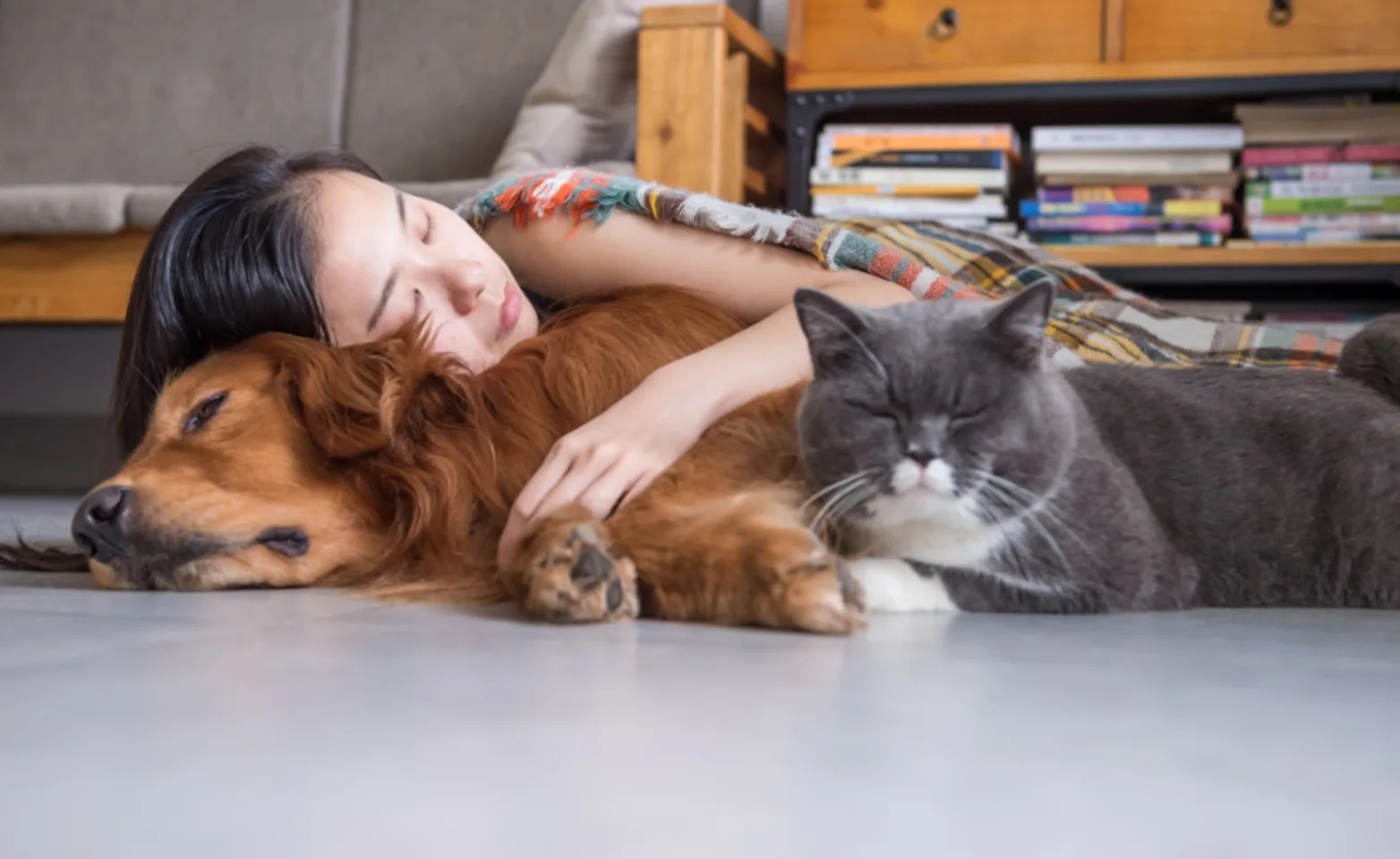Heartland Animal Hospital

Prepare For Your Visit

Come Prepared
Did you know vet visits don’t have to be a hassle? Our doctors and staff are trained to observe and recognize fear, anxiety, and stress signals in your pet and adjust handling and treatment plans as needed to keep things as low-stress as possible. There are several ways you can be involved in this process, especially with some at-home prep to help your dog or cat be as relaxed and confident as possible.
Just for Fun
Just like us, every animal has a unique personality. Some may be social and gregarious and view their vet visits as an adventure, but many are a little more cautious and reserved. Stopping in just to say hi on a day separate from an actual appointment is the best way to help these pets get familiar with new surroundings in a non-threatening way.
Tailor the Plan
There is no “one size fits all” for how the day should go. Puppies often benefit from arriving early so you have time to explore, meet new friends, and get a good sniff around the hall and lobby. Others may have anxiety if they wait in the lobby around other pets and need to go straight from the car into their exam room. We will work with you and your pet for a smooth calm experience.
Get Hands On
Many pets dislike having specific areas of their body handled, especially by a stranger. Having puppies and kittens practice relaxed behavior while ears, feet, and mouth are handled and examined is critical for you and your veterinarian to be able to deliver medical care throughout their lives. Some who are naturally more anxious about this, or older pets who have had bad experiences in the past, may need professional help to de-sensitize and learn it can be a positive experience. Read more about training your dog or cat to be comfortable with the exam process.
Take a Practice Car Ride
Pets who arrive in an agitated state from travel anxiety are primed for a stressful experience. Training may start with just loading and unloading for treats, or sitting in the car in the carrier for a few minutes, then a loop around the block and back home. Ask our veterinarians about anti-nausea medications if this is a concern and consider using Feliway or ThunderEase Pheromones for best success.
Use Calming Pheromones
Acclimate Your Cat to the Carrier
Being placed in a carrier can be stressful for your cat. To ease the transition, leave the carrier out and open in a place where your cat can regularly interact with it. Feed your cat near the carrier and occasionally toss treats inside to create a positive experience. The more familiar your cat is with the carrier, the less stressed it will be being placed inside it. Outfitting the carrier with one of your pet’s favorite blankets can also help reduce anxiety
Follow this step-by-step guide for confident carrier training:

